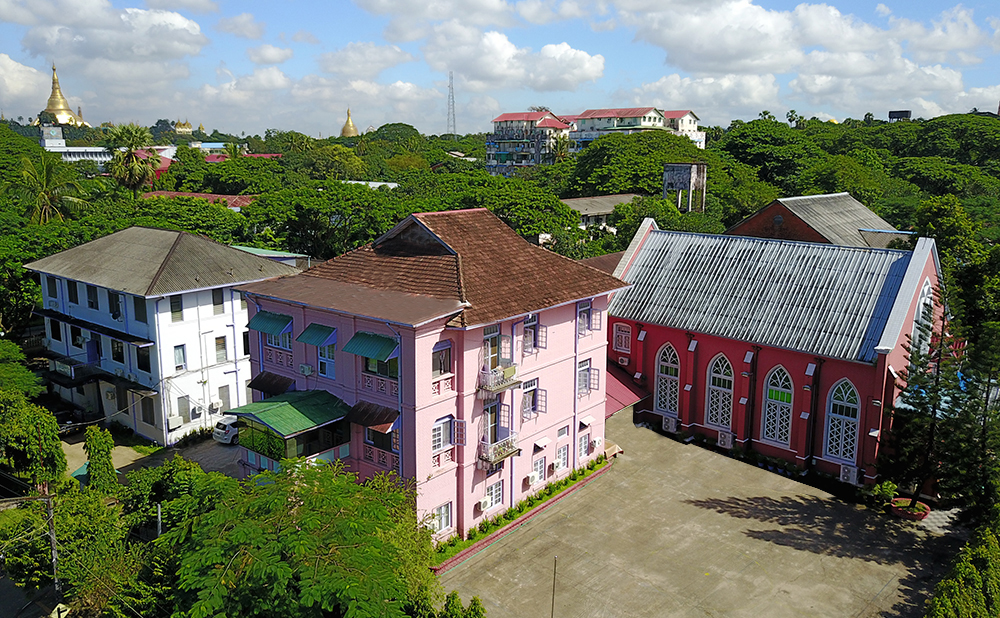Welcome to the online home of the Myanmar Union Mission of Seventh-day Adventists! We are the central hub for the Adventist Church in Myanmar. Adventists are a diverse, global family of Christians dedicated to helping people understand the Bible and find freedom, healing, and hope in Jesus Christ. Thank you for visiting our site!


Mission Statement
Our Mission
Make disciples of Jesus Christ who live as His loving witnesses and proclaim to all people the everlasting gospel of the Three Angels’ Messages in preparation for His soon return (Matt 28:18-20, Acts 1:8, Rev 14:6-12).
Our Method
Guided by the Bible and the Holy Spirit, Seventh-day Adventists pursue the mission of making disciples through Christ-like living, healing, serving, proclaiming, teaching, and training.
Our Vision
In harmony with Bible revelation, Seventh-day Adventists see as the climax of God’s plan the restoration of all His creation to full harmony with His perfect will and righteousness.



